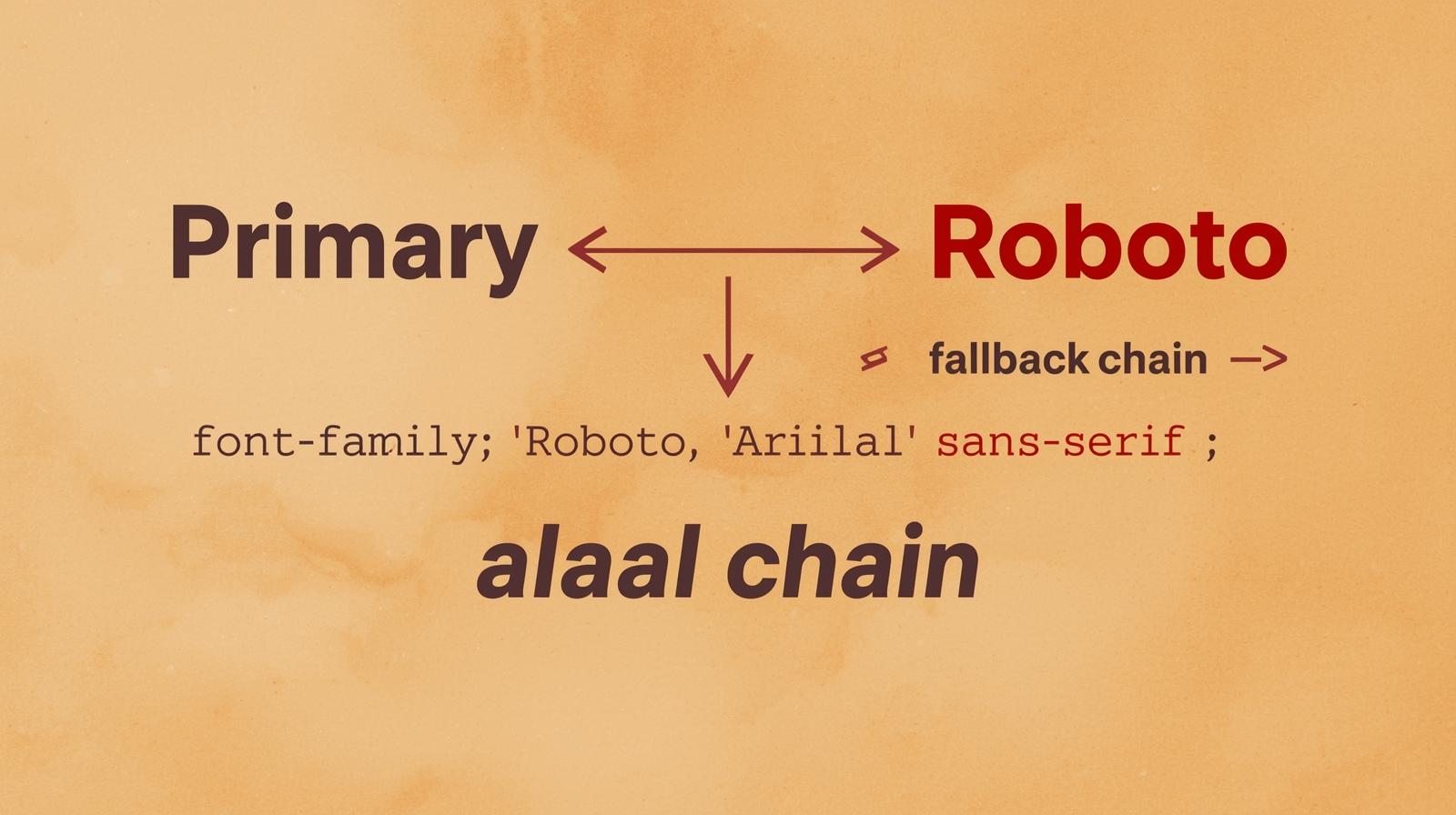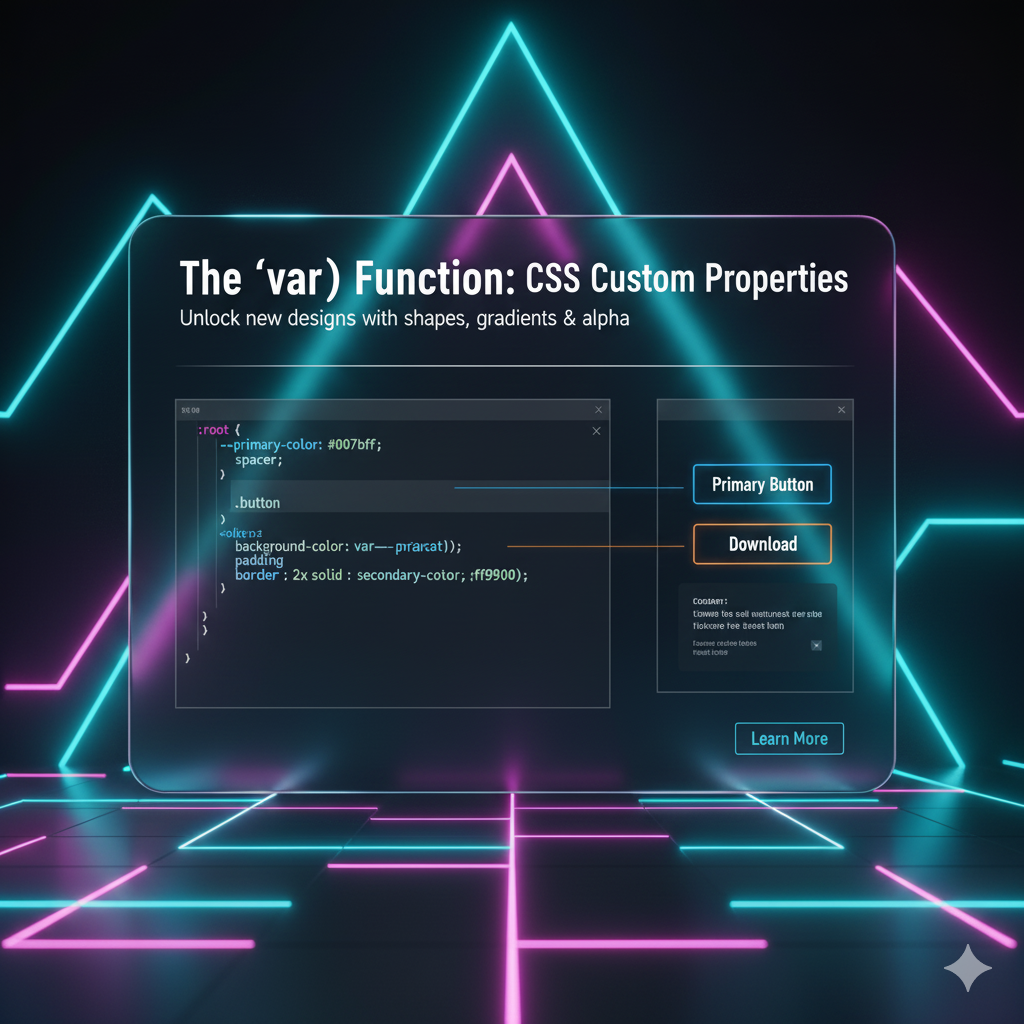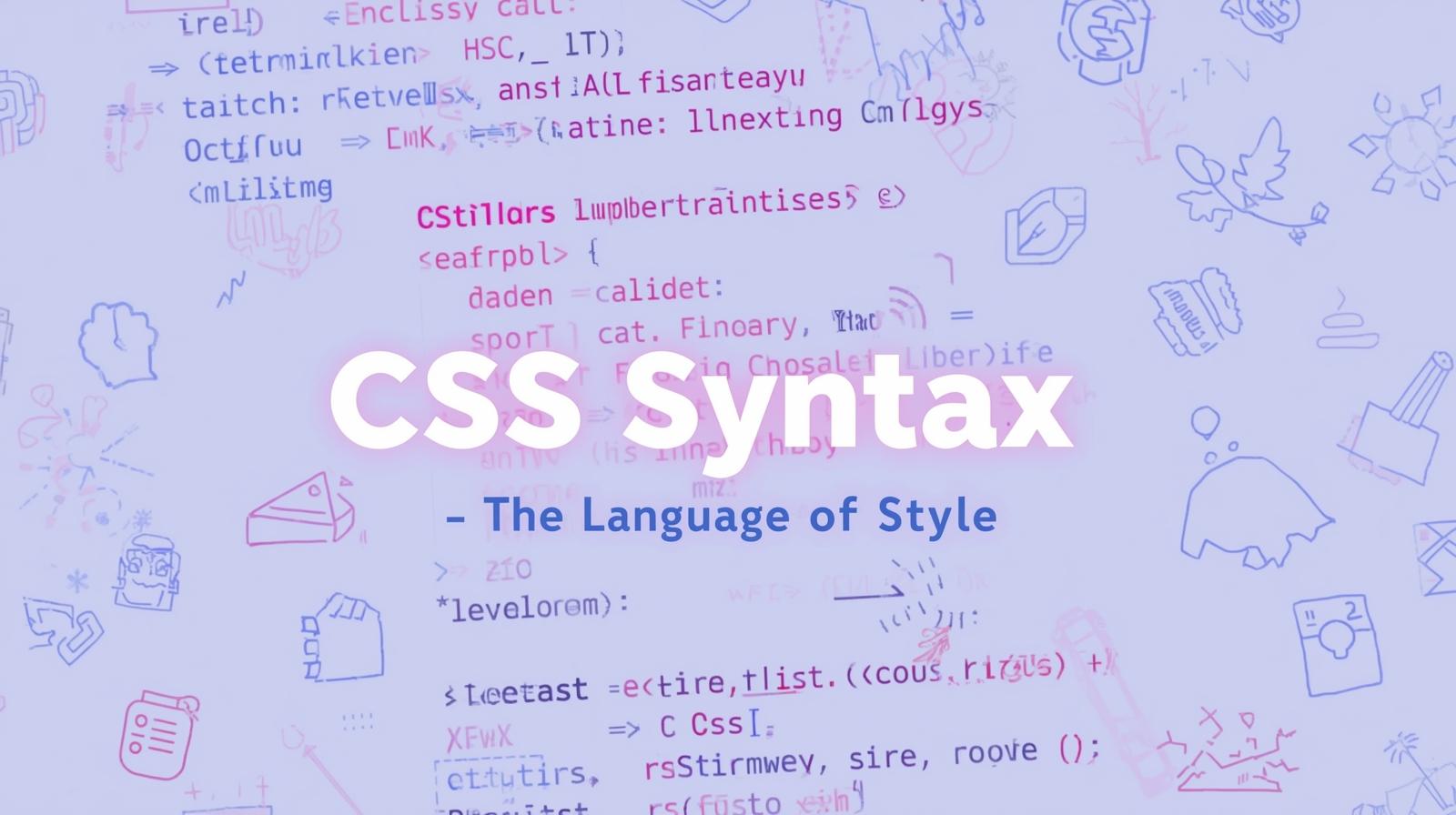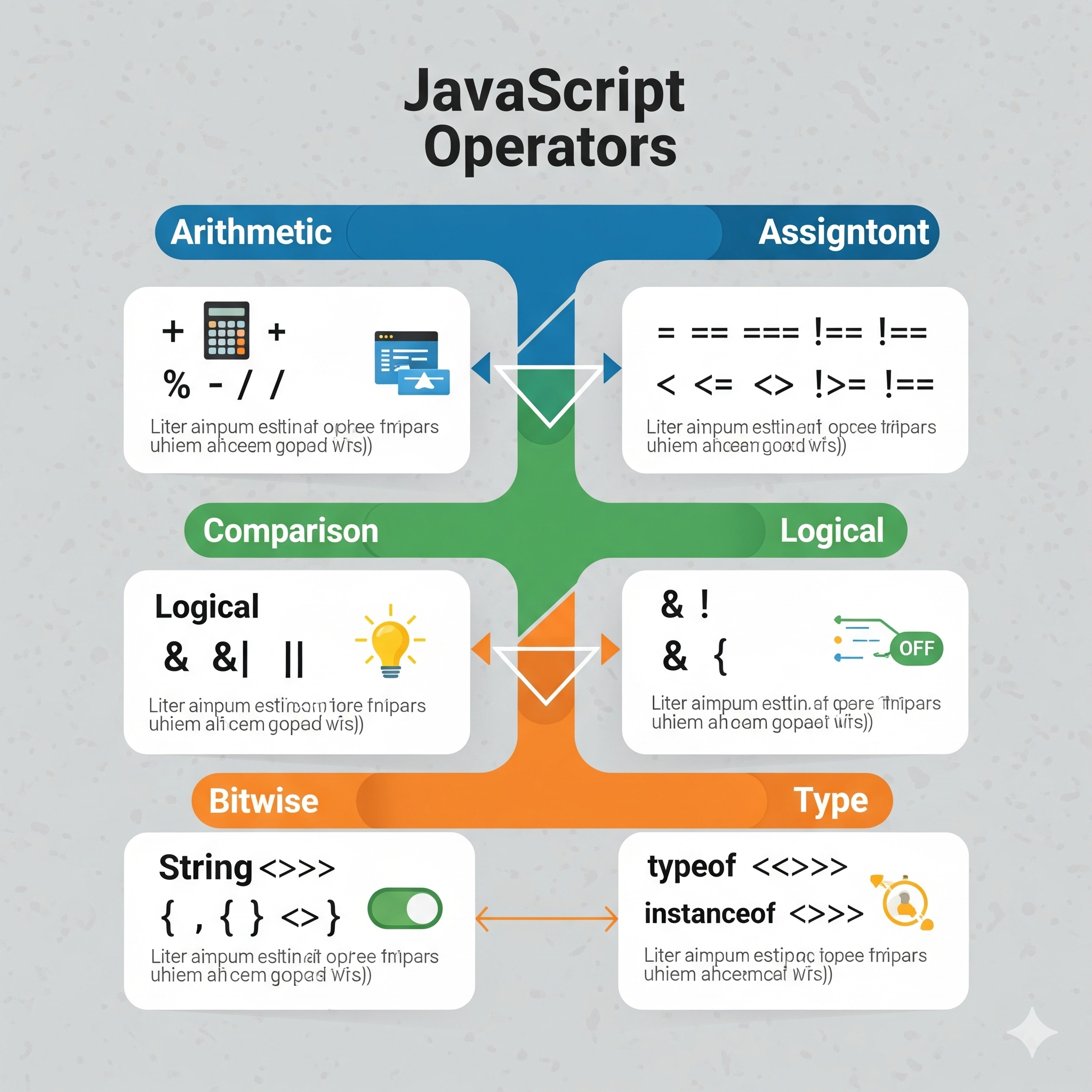Overriding Variables Explained: Master This Core Coding Concept
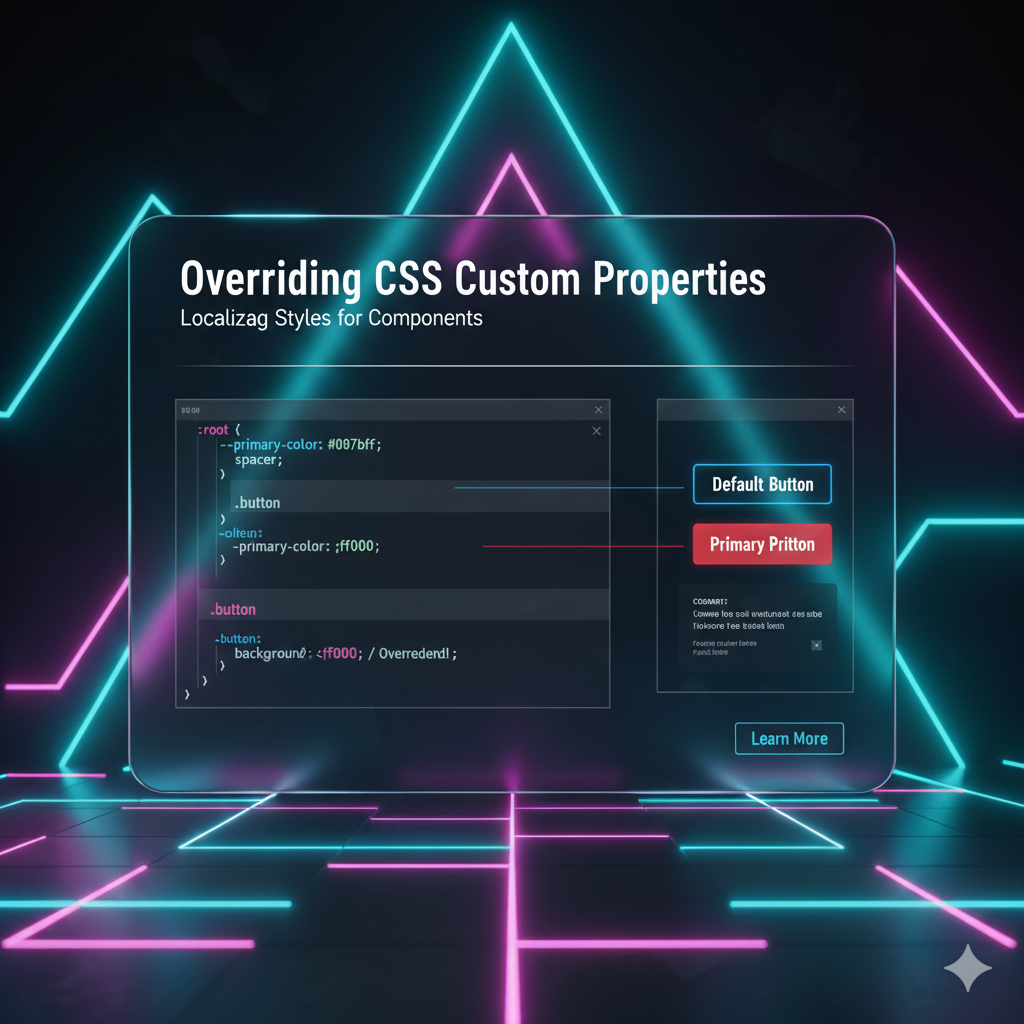
Confused about variable overriding? Our in-depth guide breaks down what it is, how it works in OOP, real-world examples, best practices, and FAQs. Level up your coding skills today!

Overriding Variables Explained: Master This Core Coding Concept
Overriding Variables: Wait, Is That Even a Thing? Let's Settle This.
Alright, let's talk about something that trips up a lot of new coders (and even some experienced ones). You’ve probably heard of "method overriding" – it's a superstar concept in Object-Oriented Programming (OOP). But then someone whispers "variable overriding," and suddenly, you're in a grey area. Is it real? How does it work? And why does it sometimes behave in ways that feel... weird?
Spoiler alert: The term "variable overriding" is a bit of a misnomer, but the concept it points to is super important. Understanding it is key to writing clean, predictable, and bug-free code.
In this deep dive, we're going to unpack everything. We'll look at what people mean when they say "variable overriding," how it plays out in different languages, and the best practices to keep you from pulling your hair out.
First Things First: What Do We Even Mean by "Overriding Variables"?
Let's get our definitions straight.
In classic OOP, overriding is all about behavior. When a child class (subclass) provides its own specific implementation of a method that is already defined in its parent class (superclass), that's method overriding. The method signature (name, parameters) stays the same, but the body changes.
java
// A simple Java example
class Animal {
public void makeSound() {
System.out.println("Some generic animal sound");
}
}
class Dog extends Animal {
@Override
public void makeSound() { // Method Overriding
System.out.println("Woof Woof!");
}
}Now, "Variable Overriding" isn't a formally defined concept like method overriding. What people are usually referring to is when a subclass declares a variable with the exact same name as a variable in its parent class.
This doesn't "override" the parent variable in the way a method is overridden. Instead, it hides it. Both variables exist in their own respective spaces, and which one you get depends on how you are referring to the object.
This is the core of the confusion, and where the magic (and the bugs) happen.
How It Actually Works: A Peek Under the Hood
Let's make this practical. When a subclass "hides" a parent variable, two separate variables live in memory.
The parent class variable lives in the parent's space.
The subclass variable lives in the child's space.
Which one is accessed depends on the reference type used to access the object. This is different from method overriding, where the actual object type (runtime type) determines which method is called.
Example in Java: Where the Confusion Starts
Java is a great place to see this in action because the behavior is very explicit.
java
class Vehicle {
// Parent class variable
String fuel = "Petrol";
}
class Car extends Vehicle {
// "Hiding" the parent variable with the same name
String fuel = "Diesel";
public void displayFuel() {
System.out.println("Car fuel: " + this.fuel); // Refers to Car's fuel
System.out.println("Vehicle fuel: " + super.fuel); // Refers to Vehicle's fuel
}
}
public class Main {
public static void main(String[] args) {
Car myCar = new Car();
myCar.displayFuel();
// Output:
// Car fuel: Diesel
// Vehicle fuel: Petrol
// Now, the interesting part - using a Parent reference
Vehicle myVehicle = new Car(); // Polymorphism
System.out.println("Fuel via Vehicle reference: " + myVehicle.fuel); // Output: Petrol
}
}See that? Even though myVehicle is holding a Car object, accessing .fuel gives us "Petrol" because the reference type is Vehicle. This would NEVER happen with an overridden method. If makeSound() were a method, it would have printed "Woof Woof!"
This is why variable hiding is generally considered a bad practice. It makes code unpredictable and hard to read.
What About Other Languages? Let's Be Polyglots.
The behavior isn't the same everywhere. Let's broaden our view.
Python: It's All About The Sequence
Python handles this differently due to its dynamic nature and its use of name mangling.
python
class Vehicle:
def __init__(self):
self.fuel = "Petrol"
class Car(Vehicle):
def __init__(self):
super().__init__() # Call parent constructor
self.fuel = "Diesel" # This reassigns the 'fuel' attribute
car = Car()
print(car.fuel) # Output: DieselIn Python, when you do self.fuel = "Diesel", you are essentially reassigning the attribute for that object. The parent's fuel is effectively "overwritten" for instances of Car because of the order of assignment. There's no concept of two separate variables living together for the same object instance in the way Java has.
JavaScript (ES6): The super Keyword is Your Friend
Modern JavaScript with classes behaves somewhat similarly, but the super keyword is crucial.
javascript
class Vehicle {
constructor() {
this.fuel = "Petrol";
}
}
class Car extends Vehicle {
constructor() {
super(); // MUST call super first!
this.fuel = "Diesel"; // Reassigns after super() sets it
}
}
const myCar = new Car();
console.log(myCar.fuel); // Output: DieselHere, super() runs the parent constructor, which sets this.fuel = "Petrol". Then, the child constructor immediately reassigns it to "Diesel". So, again, for the Car object, there's only one fuel property, and its final value is "Diesel".
Real-World Use Case: When Would You Even Use This?
Given that it's a potential pitfall, is there ever a good reason to hide a variable?
The honest answer is very rarely. Most of the time, if you think you need to "override" a variable, you should probably be using one of these better approaches:
Make the parent variable
private: This is the best defense. If the parent variable isprivate, the subclass can't even access it directly, let alone hide it. It forces the subclass to use getters/setters or declare its own unique variable.Use Methods (Getters/Setters): This is the golden rule of encapsulation. Instead of having public variables, provide
getFuel()andsetFuel()methods. You can then properly override thegetFuel()method in the subclass if you need different behavior. This is clean, predictable, and follows OOP principles.
java
class Vehicle {
private String fuel = "Petrol"; // Now private
public String getFuel() {
return fuel;
}
}
class ElectricCar extends Vehicle {
@Override
public String getFuel() { // Properly overriding the GETTER method
return "Electricity";
}
}Now, whether you have a Vehicle reference or an ElectricCar reference to an object, getFuel() will always return the correct value. No surprises!
Want to master these object-oriented principles and write professional-grade code? To learn professional software development courses such as Python Programming, Full Stack Development, and MERN Stack, visit and enroll today at codercrafter.in. Our structured curriculum is designed to clear these core concepts and make you industry-ready.
Best Practices: Don't Shoot Yourself in the Foot
Let's summarize the key takeaways to keep your code sane:
Favor
privatevariables: Always. This prevents hiding and enforces encapsulation.Use Methods over Direct Access: Provide getters and setters. This gives you control and allows for proper polymorphism.
Avoid Variable Hiding: Just don't declare variables with the same name in subclasses. If a subclass needs a different attribute, give it a different, more specific name.
Understand Your Language: Know how your language of choice handles inheritance and attribute lookup. What works in Java doesn't directly translate to Python or JavaScript.
FAQs: Quick Fire Round
Q1: Is variable overriding the same as method overriding?
A: Absolutely not. Method overriding is a runtime polymorphism concept based on the object's actual type. Variable hiding is a compile-time concept based on the reference type. They behave very differently.
Q2: Does "variable overriding" exist in Python/JavaScript?
A: Not in the Java sense. In Python and JavaScript, you typically reassign or shadow the attribute, leaving only one version of it for the object.
Q3: What's the difference between hiding, shadowing, and overriding?
A: This is terminology soup!
Overriding: Officially for methods. Runtime decision.
Hiding: Used for static methods and variables (in Java). Compile-time decision.
Shadowing: A more general term often used interchangeably with "hiding" for variables.
Q4: Can I override a final variable?
A: In Java, a final variable cannot be modified. A subclass cannot "hide" a final variable in the parent class; you'll get a compilation error.
Conclusion: The Bottom Line
So, "variable overriding"? It's a myth. The real concept is variable hiding, and it's a feature you should almost always avoid. It introduces ambiguity and breaks the intuitive principles of polymorphism that make OOP so powerful.
The key to evolving from a coder to a software craftsman is understanding why certain practices are discouraged. By using private variables and public methods, you write code that is more robust, maintainable, and less prone to head-scratching bugs.
This deep understanding of fundamentals is what separates good developers from great ones. If you're looking to build that solid foundation and get hands-on with building real-world applications, to learn professional software development courses such as Python Programming, Full Stack Development, and MERN Stack, visit and enroll today at codercrafter.in. Let's build your future in tech, one clean code at a time.


